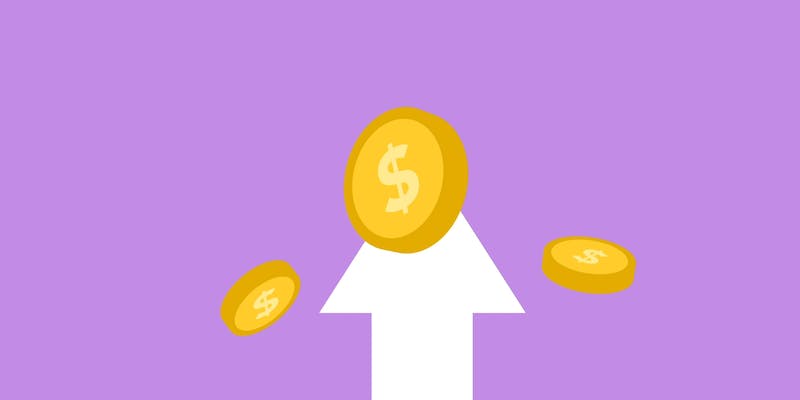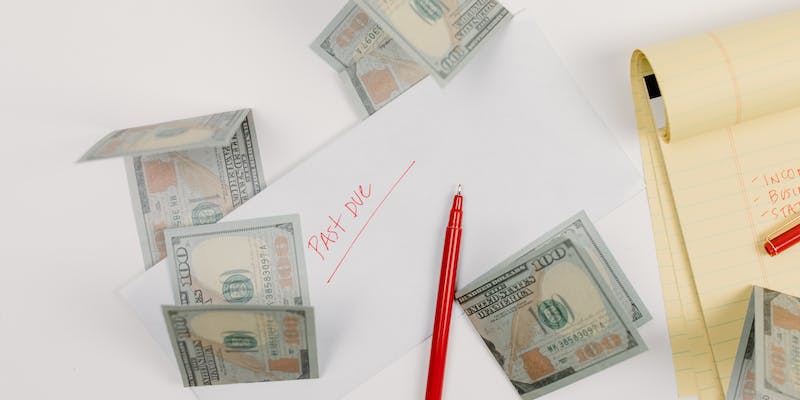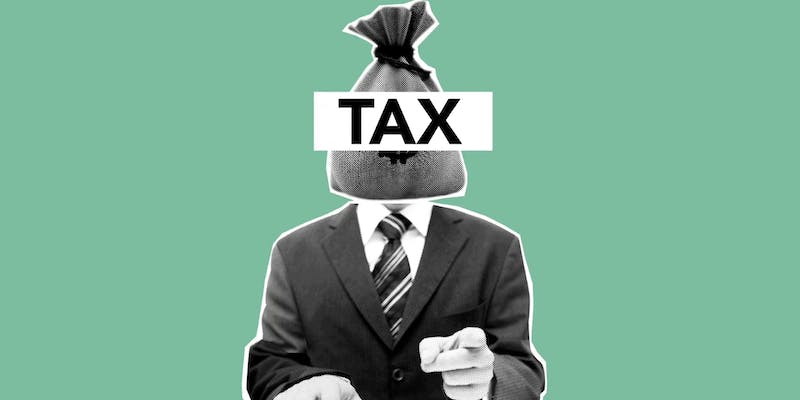The British Pound Sterling isn't just money; it is a historical artifact proven to endure. It is the oldest currency still in use dating back over a thousand years. Despite wars, economic shifts, and political change, the pound has risen from the ashes to remain a pillar of stability and a vital fixture in foreign exchange space. We'll go through the whole story of the British Pound Sterling, from its historical roots to the subtleties of trading GBP today. Lets hop on to learn more.
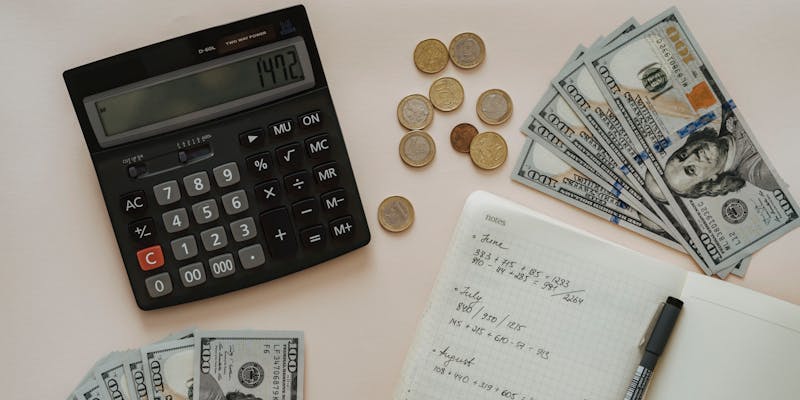
A Historical Look at the British Pound Sterling
The British Pound Sterling, which is symbolized as and has the code GBP, dates back to around 775 AD. Its name, from the Latin libra, meaning weight or balance, is fitting since a pound originally meant a pound of silver. By the 12th century, the pound had become England's chief unit of currency.
The currency changed from the Medieval Period when coins were created to gain adaption to the economic needs of the time. From these early coins, it took the pound to be paper money through the century in which the Bank of England put out its first banknotes and fixed the pound's place in history.
The 20th century saw monumental change, however. The gold standard had kept the pound pegged to gold for centuries, and in 1931, the pound broke away and took the first recognizable step on the road towards modern monetary policies. The two world wars, and the subsequent decline of the British Empire, put pressure on the pound and in 1971 it was decimalised, having aligned it to modern financial systems.
Despite the turbulence, the pound maintained its prominence. The decision not to adopt the euro in 1999 underscored the U.K.'s desire to retain monetary sovereignty, ensuring the pound's distinct identity in a rapidly changing Europe.
How GBP Moves: Key Drivers of the British Pound Sterling
Trading the British Pound Sterling on the foreign exchange market requires understanding the forces that affect its value. The pound often experiences sharp fluctuations based on political developments, economic data, and global trends. Central to its performance are decisions made by the Bank of England, particularly regarding interest rates and monetary policy.
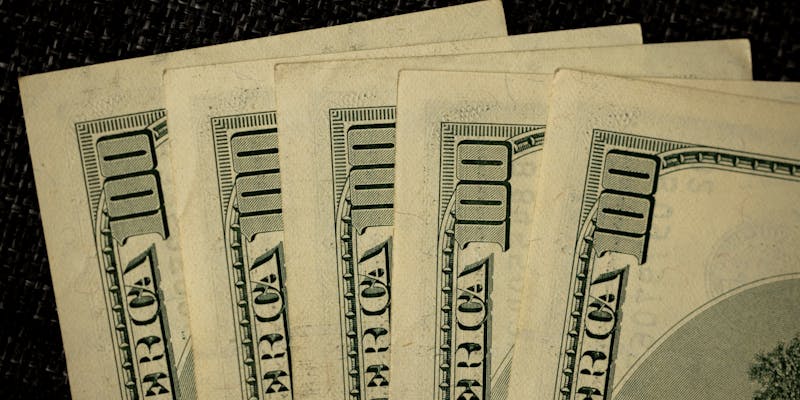
Economic indicators such as GDP growth, employment rates, and inflation reports play a vital role in shaping market sentiment toward GBP. Traders also monitor key events like referendums, or international negotiationscase in point, Brexit, which caused significant volatility in GBP exchange rates as the market reacted to the U.K.'s changing relationship with the European Union.
In addition to domestic factors, the pound's value is often influenced by global market trends. When investors seek safe-haven currencies, they might move away from GBP, favoring the U.S. dollar or Swiss franc. Conversely, during periods of optimism and economic growth, the pound can benefit as traders turn toward riskier assets.
Trading GBP: A Modern-Day Guide
In todays foreign exchange markets, GBP remains one of the most actively traded currencies worldwide, often paired with the U.S. dollar (GBP/USD) or the euro (GBP/EUR). As with any currency, traders need to understand the dynamics of market timing, leverage, and global economic conditions to succeed.
One of the most popular pairs involving the British Pound Sterling is the GBP/USD, colloquially referred to as "Cable." This nickname stems from the 19th century when currency prices between the U.K. and the U.S. were transmitted through transatlantic telegraph cables. Trading GBP/USD offers plenty of volatility and liquidity, making it attractive to both day traders and long-term investors.
Another commonly traded pair is GBP/EUR, reflecting the economic ties between the U.K. and Europe. Despite the U.K.'s exit from the E.U., the pound remains closely tied to the euro's movements, and traders often speculate on the impact of post-Brexit policies on this pair.
For those looking to trade GBP, its essential to stay informed about the Bank of Englands policy announcements. The central banks stance on interest rates and inflation targets can send ripples across the forex market, making these moments prime opportunitiesor risksfor GBP traders. Technical analysis also plays a role in trading strategies, with traders using chart patterns, moving averages, and indicators to predict price movements.
What Is The Future of the British Pound Sterling?
As the global economy evolves, the British Pound Sterling continues to adapt. The currency's performance will likely be shaped by ongoing developments such as the U.K.'s trade policies, its relationship with global partners, and shifts in monetary policy by the Bank of England. Technological advancements in financial markets, including the rise of digital currencies, may also impact how the pound is traded in the future.
In recent years, the pound has shown remarkable resilience in the face of uncertainty, from the Brexit referendum. This resilience reflects not only the strength of the currency but also the market's enduring belief in the U.K.'s economic potential. Whether this optimism will continue depends largely on how the U.K. navigates future challenges, including economic reform and geopolitical shifts.

While predicting currency movements is never easy, the pounds long history suggests it will remain a significant force in global finance. For traders, GBP offers both opportunities and risks, requiring careful analysis and an understanding of the broader economic landscape.
The Bottom Line!
The British Pound Sterling is far more than just a means of exchange; its a currency with a rich history and a pivotal role in global finance. From medieval coins to modern forex markets, the pound has evolved in response to shifting economic landscapes, wars, and political changes. Trading GBP today requires a blend of historical awareness and market savvy, as the currency remains subject to both domestic and international forces.

